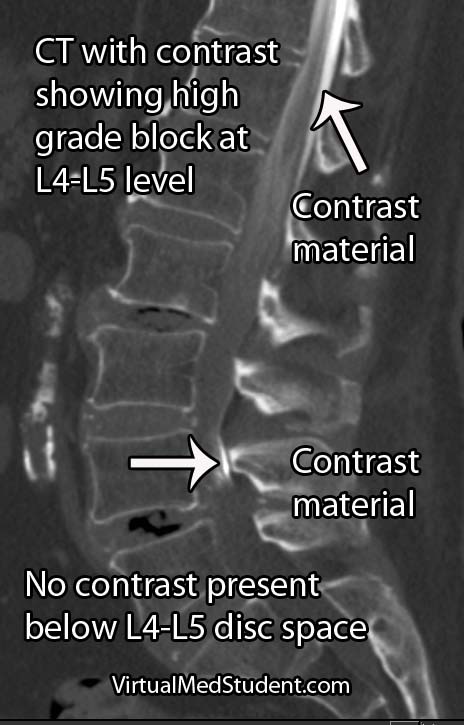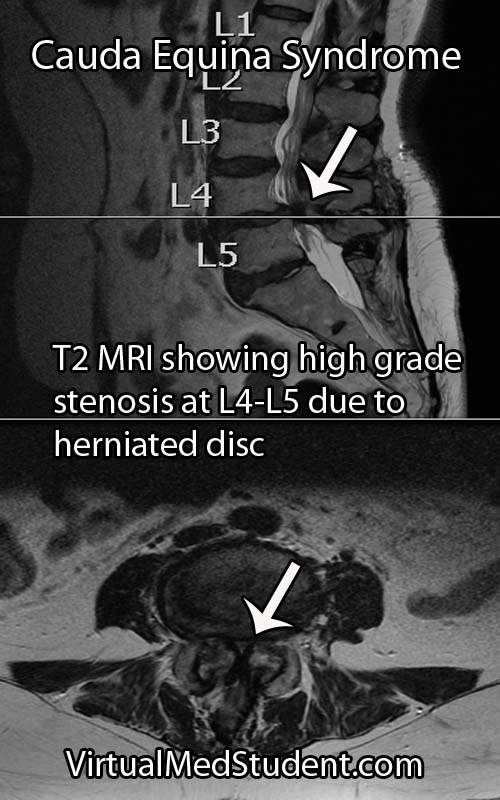Vitamin B12 and its derivatives serve many roles in the body. It functions primarily as a co-factor to help enzymes perform their molecular reactions. It is composed of the metal cobalt, which is coordinated to a large corrin ring structure composed of carbon and nitrogen atoms. Several important biochemical reactions in which vitamin B12 is a crucial component include:
(1) The conversion of odd chain fatty acids (specifically propionate) into succinate.
(2) The conversion of homocysteine into methionine via methyl group donation.
In the first reaction above B12 serves as a cofactor for the enzyme methylmalonyl-CoA mutase, which converts the odd chain fatty acid L-methylmalonyl-CoA into succinyl-CoA. Succinyl-CoA can then enter the citric acid cycle (Krebs cycle).
In the second reaction vitamin B12 serves as a methyl donor (ie: a "-CH3" unit) allowing the conversion of homocysteine into methionine. Interestingly, this reaction also requires a form of vitamin B9 (aka: folate or folic acid) known as N-methyltetrahydrofolate. The reason this reaction is important is because methionine will eventually go on to form S-adenosylmethionine, which is an important contributor of single carbon fragments to various other molecules.
Additionally, vitamin B12 is needed to convert N-methyltetrahydrofolate back into tetrahydrofolate, which serves as a cofactor in a slew of other important biochemical reactions.
Role in Disease
Patients typically become deficient in vitamin B12 in one of three ways: strict vegan diets, an autoimmune condition known as pernicious anemia, or impaired absorption via the gut.
Vitamin B12 is found mainly in animal products and vegans may become deficient if they fail to supplement. Patients with pernicious anemia have antibodies that attack the cells in the stomach that secrete a molecule (intrinsic factor), which helps the intestine absorb B12 from the diet. Any damage to the gut lining (ie: inflammatory bowel disease, celiac disease, etc.) can also cause impair absorption of B12.
Deficiencies of any cause usually take several years to develop because excess vitamin B12 is stored in the liver. These stores can last several years before becoming depleted.
When a person’s vitamin B12 level is low it can cause the accumulation of odd chain fatty acids. These are thought to "gunk-up" cellular membranes. This is most noticeable in the nervous system, and can result in neurological signs and symptoms including numbness and tingling, loss of proprioception (ie: the ability to "feel" where your limbs are in space), and difficulty with coordination. In its most severe form a condition known as subacute combined degeneration of the spinal cord can occur.
Vitamin B12 deficiency can also cause a megaloblastic anemia. This occurs because rapidly dividing cells in the bone marrow require a constant supply of tetrahydrofolate for methylation reactions in order to produce enough DNA. When B12 is deficient, N-methyltetrahydrofolate cannot be converted back to tetrahydrofolate. When this occurs all of the tetrahydrofolate gets trapped in the N-methyltetrahydrofolate form, which is not used as a methyl donor in nucleotide synthesis. The resulting DNA deficiency causes red blood cells to exit the bone marrow deformed, dysfunctional, and larger than normal (hence the term "megalo"-blastic anemia).
There is no evidence that excess vitamin B12 causes any significant health problems. It is well excreted in the urine.
Diagnosis
Deficiencies of vitamin B12 are diagnosed by measuring the amount of B12 in the blood. However, "normal" B12 levels do not necessarily rule out B12 deficiency, making this test less than useful.
Other blood tests that are often sent include methylmalonyl-CoA and homocysteine levels. Both of these will be elevated in B12 deficiency since the vitamin is necessary for the enzymatic conversion of these molecules to succinyl-CoA and methionine, respectively.
Although rarely used today, another test called the Schilling test can be performed. It involves several steps in which radiolabelled B12 is given orally. If the patient is having difficulty absorbing B12 because of either intrinsic factor deficiencies or intestinal problems the Schilling test will be able to differentiate the cause.
Treatment
Treatment of vitamin B12 deficiency is, you guessed it, giving the patient B12. Patients with pernicious anemia or intestinal absorption problems are given the vitamin intramuscularly. Other patients can supplement with oral forms.
Overview
Vitamin B12, also known as cobalamin, is important in several cellular reactions including the conversion of odd chain fatty acids into succinate and the replenishing of tetrahydrofolate (a form of vitamin B9 or folate). Deficiencies may occur in those who are vegan, have pernicious anemia, or have intestinal absorption problems. Diagnosis is made by measuring blood B12, homocysteine, and methylmalonyl-CoA levels. Treatment is with supplementation, either orally or intramuscularly.
Related Articles
References and Resources
- Kumar V, Abbas AK, Fausto N. Robbins and Cotran Pathologic Basis of Disease
. Seventh Edition. Philadelphia: Elsevier Saunders, 2004.
- Champe PC. Lippincott’s Illustrated Reviews: Biochemistry
. Second Edition. Lippencott-Ravens Publishers, 1992.
- Simon RP, Aminoff MJ, Greenberg DA. Clinical Neurology, Seventh Edition (LANGE Clinical Medicine)
. Seventh Edition. New York: McGraw Hill, 2009.
- Nelson DL, Cox MM. Lehninger Principles of Biochemistry
. Fifth Edition. New York: Worth Publishers, 2008.

